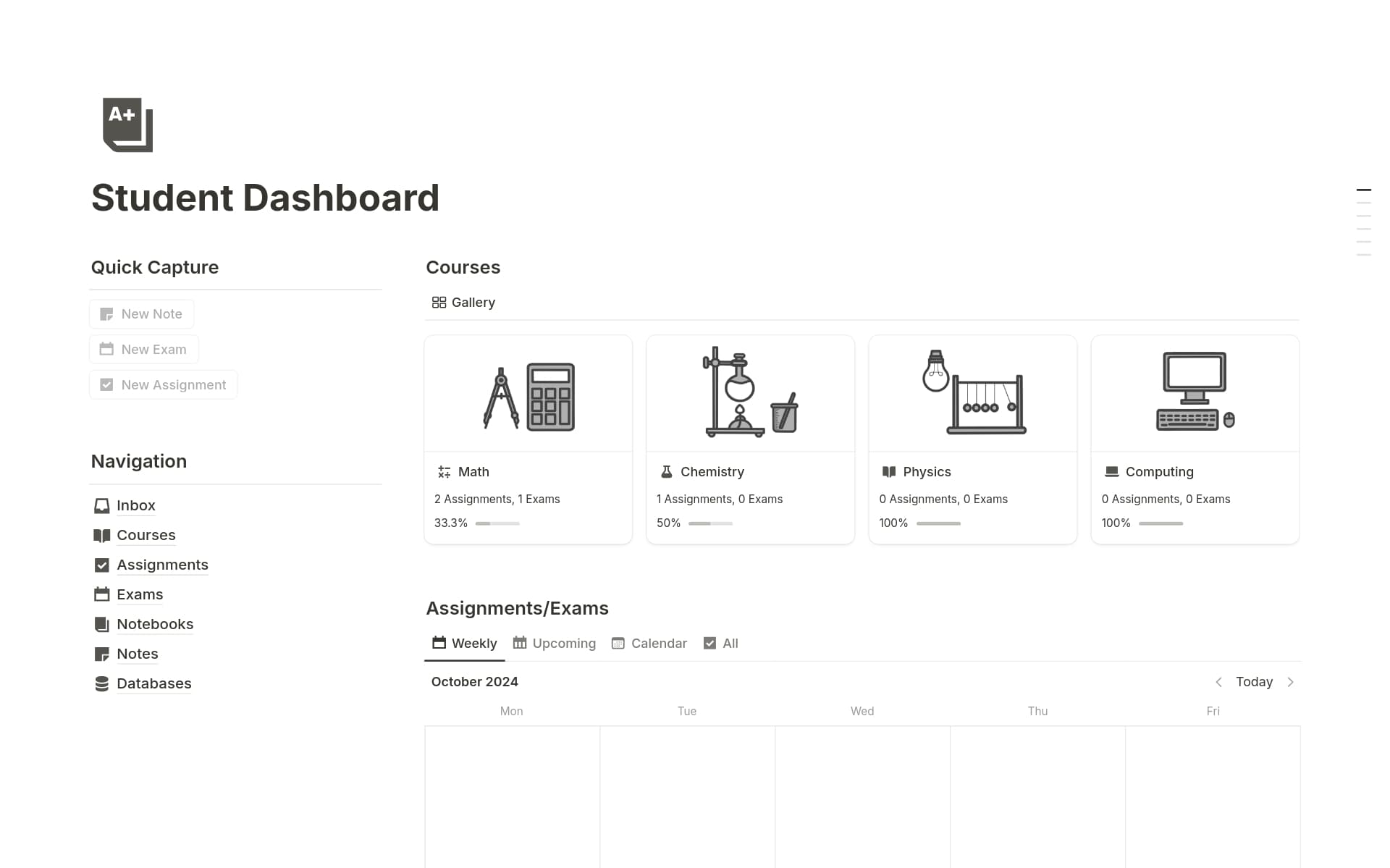For Full-Stack Developers, creating detailed technical specifications facilitates a smoother development process, ensures alignment among team members, and guides the project towards its goals within the set timelines. An Engineering Tech Spec template can streamline this documentation process, providing a structured format to organize thoughts, requirements, technical details, and project milestones, making it easier to communicate complex information clearly and efficiently. Before diving into crafting your own Engineering Tech Spec, consider exploring the templates provided below to simplify and enhance your documentation efforts.
What Should Engineering Tech Spec Templates Include?
Choosing the right Engineering Tech Spec Template can streamline project documentation and enhance clarity across teams. Here are key components to look for in an effective template:
Project Overview: This section should succinctly summarize the project's goals, scope, and stakeholders. It sets the stage for detailed discussions and clarifications.
Technical Requirements: A detailed list of technical specifications, including system requirements, software languages, and tools, ensures all technical aspects are covered comprehensively.
Implementation Plan: Look for templates that guide the documentation of step-by-step implementation strategies, timelines, and responsible parties.
Risk Assessment: Effective templates should include a section for identifying potential risks and their mitigation strategies, crucial for preemptive planning.
Selecting a template with these components will help ensure that all critical aspects of your engineering project are well-documented and easily accessible.
What Should Engineering Tech Spec Templates Avoid?
Choosing the right Engineering Tech Spec Template is crucial for streamlining project documentation. However, certain elements can complicate rather than simplify your tech specs. Here are three key components to avoid:
Overly Complex Language: Avoid templates that use jargon or overly technical language that could alienate team members not familiar with specific terminologies.
Excessive Detail: While detail is necessary, excessively granular templates can lead to information overload and reduce clarity. Opt for templates that balance detail with brevity.
Rigid Structure: Steer clear of templates that do not allow customization. Flexibility in a template is essential to adapt to the specific needs of different projects.
Selecting a template that avoids these pitfalls will ensure that your tech specs are both effective and accessible, enhancing collaboration and understanding across your team.




